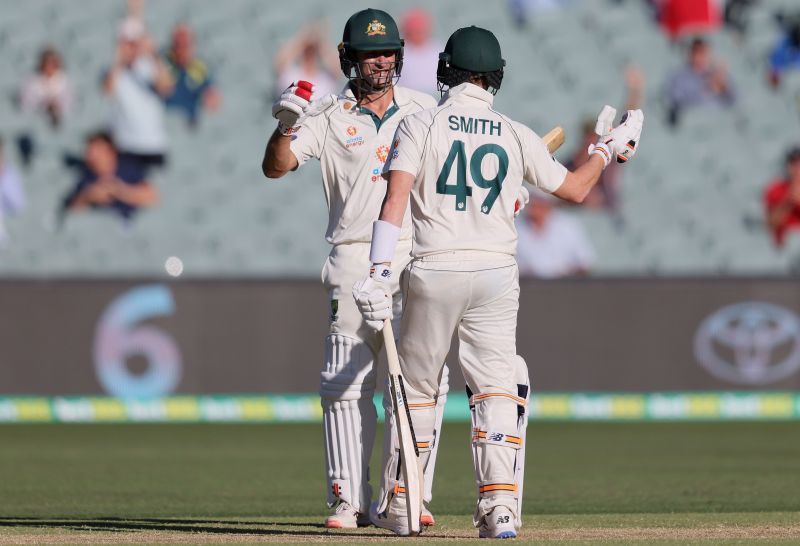
IND v AUS 2020, 1st Test: Do India have too many red-ball specialists?
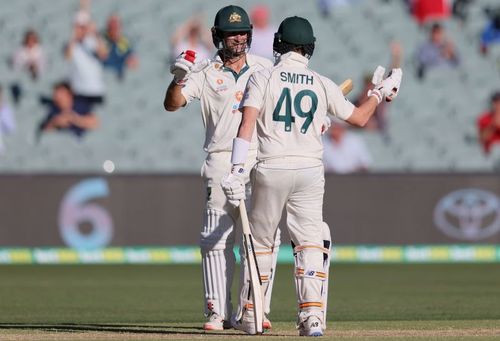
Ahead of the 1st Test between India and Australia, many experts and fans believed that the return of Steve Smith and David Warner would make the hosts favourites for the series.
After Warner injured his groin, the contest between the two rivals was expected to be more even. What followed in the 1st Test was nothing short of humiliating for India, as the Aussies ran out 8-wicket winners with Smith contributing only 1 run.
A closer look at the Indian and Australian squads reveals certain patterns that definitely played a role in the outcome of the game. This theory is only confirmed by a look at the rosters that took part in India's 2-1 triumph back in 2018-19.
Australia's squad for the 2018-19 edition of the Border-Gavaskar Trophy
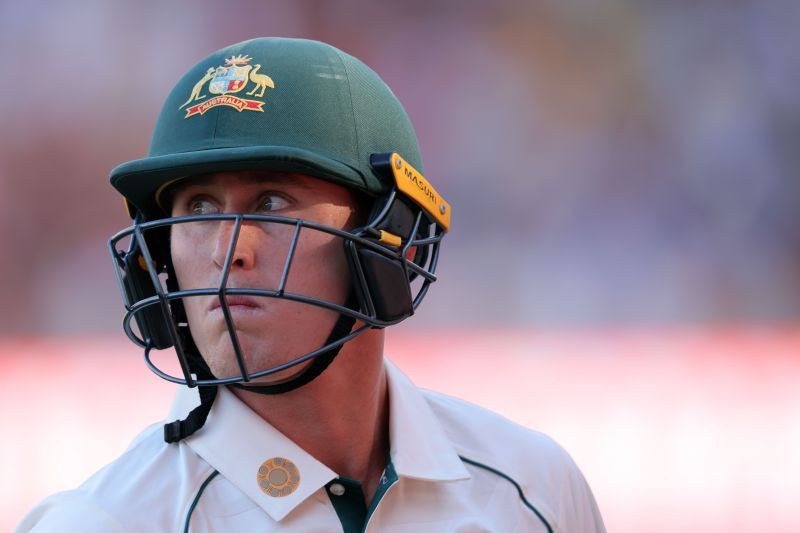
In the 2018-19 Border-Gavaskar Trophy, Australia boasted of a new-look team that wasn't expected to comfortably beat India.
Australia's squad for the 2018-19 Test series against India: Aaron Finch, Marcus Harris, Usman Khawaja, Shaun Marsh, Travis Head, Mitchell Marsh, Tim Paine (captain), Peter Handscomb, Pat Cummins, Mitchell Starc, Josh Hazlewood, Nathan Lyon, Peter Siddle, Chris Tremain, Marnus Labuschagne.
Aaron Finch was the white-ball captain who took over from Smith, while Usman Khawaja and Shaun Marsh were right in the thick of things in the ODI format. Even Travis Head, who is currently a Test specialist, played 12 ODIs in 2018.
Peter Handscomb was drafted into the ODI squad after the 4-Test series for the first time in over a year, while Mitchell Marsh had to wait a little longer to make a limited-overs comeback due to lack of form and injury. Marnus Labuschagne played only one innings in the Test series, and had to wait till 2020 to make his ODI debut.
It's when we take a look at the bowling department that things truly get interesting.
Nathan Lyon played 50-over cricket for the first time in over 6 months after taking 21 wickets in the 4-Test series, while Josh Hazlewood had played only 3 ODI games for Australia in over 10 months ahead of the Test series.
Chris Tremain hadn't played an ODI since 2016, and Peter Siddle hadn't since 2010. The latter, however, earned a recall to the ODI team immediately after the Test series.
What conclusions can we draw from this? Of the Australian squad which took part in the 2018-19 edition of the Border-Gavaskar Trophy, only Aaron Finch, Usman Khawaja, Shaun Marsh, Pat Cummins and Mitchell Starc played limited-overs cricket for the country.
Without Smith and Warner, the hosts didn't have the firepower to counter the potent Indian pace attack, especially when they hadn't played international bowlers in quite a long time.
The results were evident as Australia lost their first Test series on home soil against India. Yes, Smith and Warner's absence certainly played a part. But the more pressing issue for the Kangaroos was that they fielded far too many Test specialists and players who hadn't played international cricket in a while.
And once those players - Lyon, Siddle and Handscomb, for example - participated in the Test series, a conscious effort was immediately made to incorporate them in the white-ball setups as well.
Australia's squad for the 2020-21 edition of the Border-Gavaskar Trophy
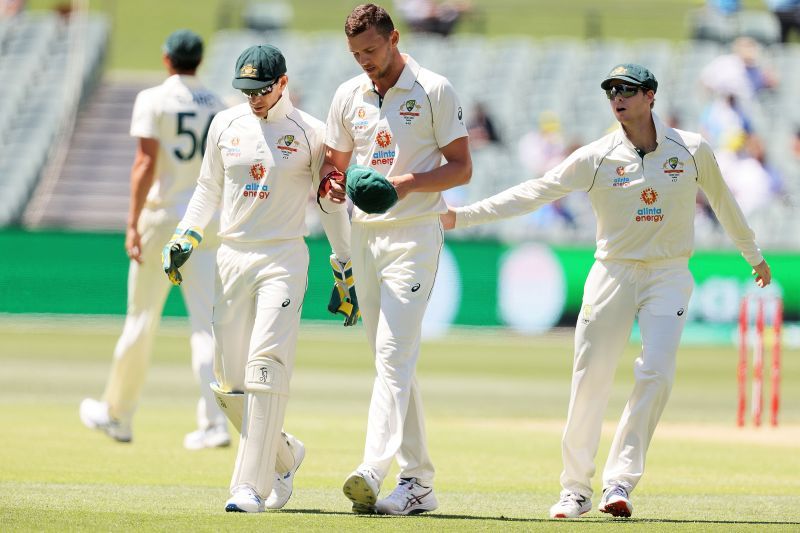
Fast forward two years, and Australia have a far stronger squad even without Warner, because almost all players play all 3 formats for the country.
Australia's squad for the 2020-21 Test series against India: David Warner, Will Pucovski, Joe Burns, Marnus Labuschagne, Steve Smith, Travis Head, Matthew Wade, Cameron Green, Tim Paine (captain), Pat Cummins, Mitchell Starc, Josh Hazlewood, Nathan Lyon, James Pattinson, Michael Neser, Mitchell Swepson, Sean Abbott.
Warner, Labuschagne, Smith, Wade, Green, Cummins, Starc, Hazlewood, Lyon, Swepson and Abbott featured in the preceding ODI and T20I series against the Men in Blue.
Only young Will Pucovski, the horribly out-of-form Joe Burns, Michael Neser (uncapped at the Test level), James Pattinson (played in IPL 2020) and Travis Head (appointed Test vice-captain before being stripped of the post) haven't played limited-overs cricket in over a year. And among these players, only Burns and Head found a place in the 1st Test.
The results were clear, as the Aussie bowlers hit the right lengths and lines consistently in both innings. The host batsmen suffered in the first innings thanks to some excellent bowling, but they made batting look easy in the final innings of the Test.
Australia have a solid core across formats at the moment, and when they haven't in the past, they have immediately attempted to correct it.
India in the two Test series against Australia
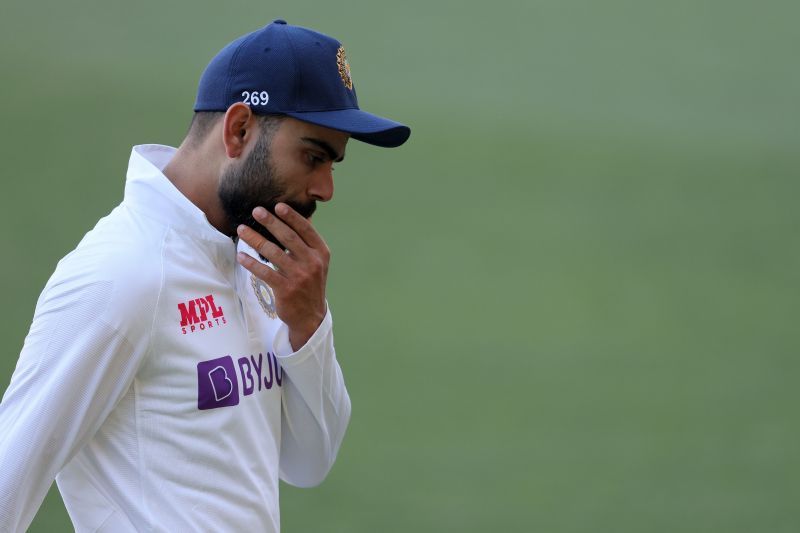
India, on the other hand, have had a number of Test specialists in both editions of the Border-Gavaskar Trophy.
In 2018, Virat Kohli's men had Murali Vijay, Cheteshwar Pujara, Ajinkya Rahane and Hanuma Vihari forming the backbone of the batting order. Parthiv Patel was the backup keeper, while Rishabh Pant and KL Rahul hadn't established themselves as white-ball regulars although they were part of most squads.
The approach worked for India in 2018-19 because Australia suffered from the same problems, but the cracks in the plan were visible even then.
Vijay was dropped midway through the series, while Ravichandran Ashwin and Ravindra Jadeja (who had been briefly ignored for coloured clothing) struggled to make an impact. Umesh Yadav picked up only 2 wickets in the solitary Test he played, while Rahane (average of 31) and Vihari (average of 22.2) weren't at their best.
In 2020, against an improved Australian side, the shortcomings of this policy by India have been laid bare.
Prithvi Shaw, Rishabh Pant, Umesh Yadav, Mohammed Siraj, Kuldeep Yadav, Cheteshwar Pujara, Hanuma Vihari, Wriddhiman Saha, Ajinkya Rahane, Ishant Sharma and Ravichandran Ashwin weren't part of both the ODI and the T20I teams.
Mayank Agarwal played only two ODIs on the tour, and that was only due to the absence of Rohit Sharma. Shubman Gill played only one ODI, because Agarwal failed to impress in the two games he was part of.
The rust was there for all to see.
Yadav failed to hit the right lengths consistently, Pujara failed to get a move on even after spending hours at the crease, and Saha was shoddy both behind and in front of the stumps. Rahane nicked off rather tamely, while Vihari managed only 24 runs in the game.
How can the Indian cricket team work around this problem?
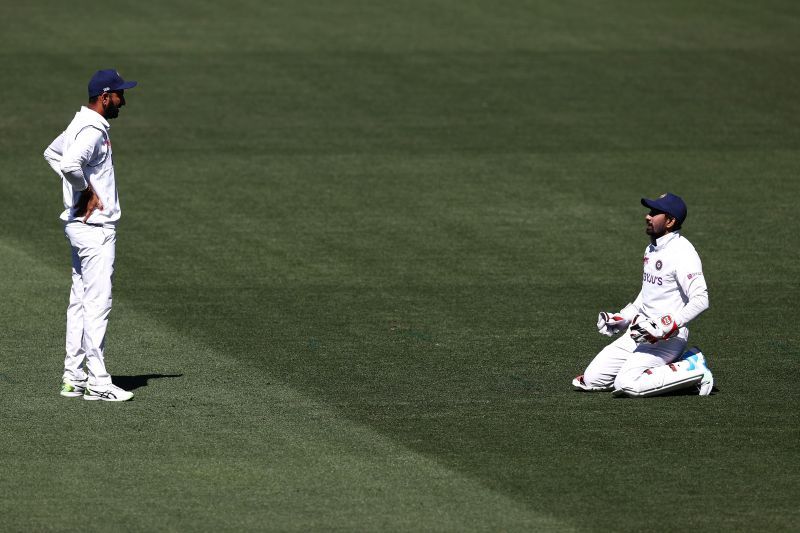
It's impossible to expect India to ensure that their Test players play the other two formats as well. However, going forward, it's important that Kohli and the team management make an effort to give the youth chances irrespective of format.
For example, KL Rahul and Shubman Gill, both of whom are the future of the Indian team, can be given opportunities in all 3 formats. Others like Kuldeep Yadav and Navdeep Saini, who are currently low on confidence and form, can be backed to get through this lean patch.
Saha is 36 years old, and India can perhaps back Rishabh Pant, or others like Ishan Kishan and Sanju Samson, to step up when the occasion demands it. With Yuzvendra Chahal struggling of late in ODI cricket, the management could even opt to hand Ashwin a white-ball recall.
Pujara is the cornerstone of the Indian batting lineup in Tests, and he should be allowed to play all warm-up games available (he was dropped for the pink-ball practice game against Australia A) to get him into form ahead of the series.
Even if Kohli, the management and the selectors can't afford to alter their plans so drastically, they should consider lowering the number of Test specialists in the playing XI.
The significance of attempting to do this only increases in the pandemic-impacted world we live in, with travelling contingents increasing in size and various tournaments being scrapped.
At the end of the day, the problem is far more deep-rooted than it appears on paper. It comes down to technique, a sound understanding of the basics, adaptability and fitness for both batsmen and bowlers.
This isn't something that corrects itself in a week, but moving forward, India need to build a solid core that retains its players across formats.